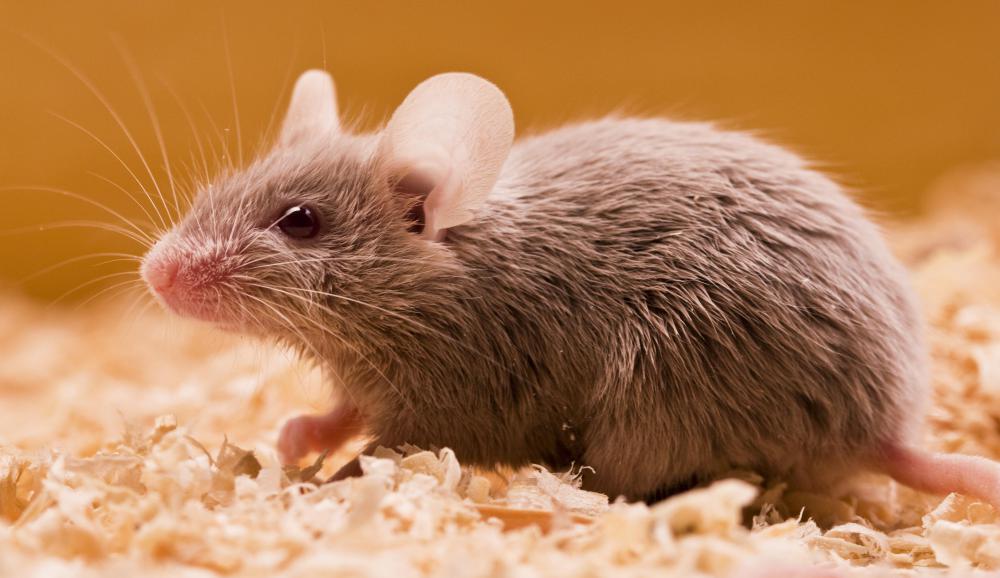What Is an Anerythristic Corn Snake?
An anerythristic corn snake is a member of the pantherophis guttatus species that doesn’t have any red pigment. This lack of pigment is a recessive mutation. The red pigment provides a wide variety of color variations among normal corn snakes, including hues of orange and brown. An anerythristic corn snake will only display shades of black, brown, or gray. Also known as anery, this snake may display a touch of yellow around the chin at maturity.
These snakes are found throughout the southeastern and central United States. The length of an adult snake can vary, ranging anywhere from 24 to 72 inches (61 to 182 centimeters). Anery corn snakes follow the same feeding and breeding habits of normal corn snakes.

Anerythristic corn snakes are diurnal reptiles that feed every few days. The baby snakes usually eat lizards and small frogs, while the adults feed on rats, mice, bats, and birds. They bite their prey in order to get a good grip, and then suffocate it by wrapping several coils around it and using constriction. The prey is swallowed whole. An anery will occasionally eat live prey if the quarry is small.
An anerythristic corn snake doesn’t eat corn as its name implies. The name was coined when farmers used to keep their corn harvest in wooden cribs accessible to vermin. Rodents were attracted to the corn, and these snakes fed on the rats and mice.

These snakes breed in the spring, and during the summer lay clutches of 10-30 eggs in locations such as decaying logs and rotting vegetation where heat and humidity will incubate them. The snakes don’t take care of either the eggs or the babies, which are 10 to 15 inches (25 to 38 centimeters) in length when they are hatched. It takes anywhere from 1.5 to 3 years for these snakes to reach maturity.
An anerythristic corn snake will shed its skin frequently as it grows. The baby snakes will shed their skin once every couple of weeks. As they get older, the length of time between shedding skin increases. An adult snake will shed its skin only a few times per year.
These non-venomous snakes are popular pets because they are gentle and rarely bite. They display attractive patterns that appeal to those who like to keep pet snakes. The snakes may live as long as 23 years in captivity, but have considerably shorter life spans in the wild.
AS FEATURED ON:
AS FEATURED ON:












Discuss this Article
Post your comments